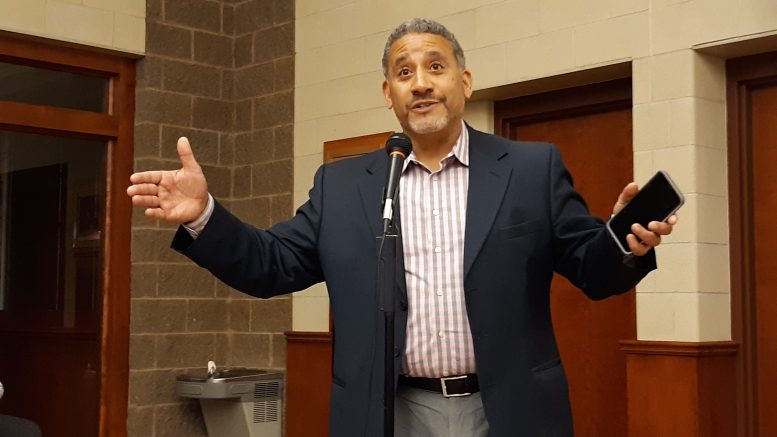By JAN LARSON McLAUGHLIN
BG Independent News
Low interest rates could save Bowling Green City School District taxpayers $6.7 million in interest over the life of the bond issue on November’s ballot.
David Conley, financial advisor for the school district, talked with the board of education Thursday evening about the current low interest rates translating into a savings for the district.
When calculating the $40 million income/property tax for a new elementary school, Conley had used the then 4.25 percent interest rate. However, the current estimated interest rate is 3.01 percent.
“That’s a significant drop for tax-exempt bonds that Bowling Green will be borrowing,” he said.
“This is a sign from heaven,” Conley said jokingly, then added that the likelihood of such a low interest rate in the near future is slim.
The Bowling Green district is asking voters to approve a combination income/property tax to build a new elementary school on the November ballot. The issue on the ballot will be a 0.25 percent income tax, and 1.6-mill property tax – generating $20 million each for 30 years.
The low interest rates will make a big difference to the district – and voters, Conley said.
“Is that any reason to vote ‘yes’ for a bond issue,” he asked. To some, it may be, he added.
Conley also talked with the school board about the concept of tax deferrals. In some cases, tax issues can be passed by voters, but the board can then delay the collection of the taxes due to economic issues.
“The taxpayers are feeling stress related to economic impact,” in this case because of the weather conditions that prevented many farm acres from being planted this year.
The property tax will cost farmers an average of 15 cents per month per acre.
Both the income and property taxes can be deferred for up to three years.
The advantage, Conley said, “it gives you immediate relief for some taxpayers.”
The disadvantage, he said, is that during the deferred period the interest has to be built into the financing. That means it will take a little over $1 million to defer the bond tax for two years. And that, of course, will be paid by the taxpayers.

